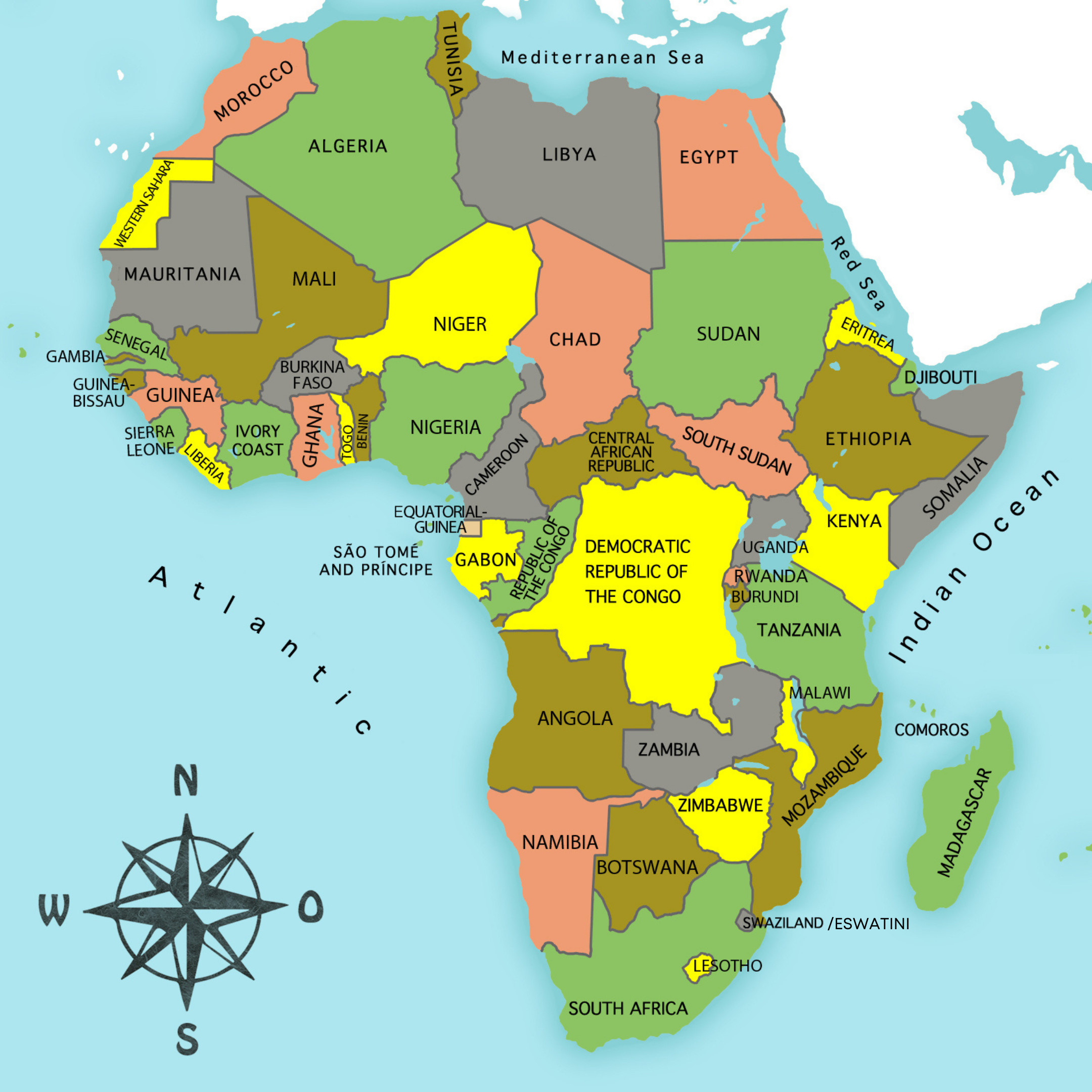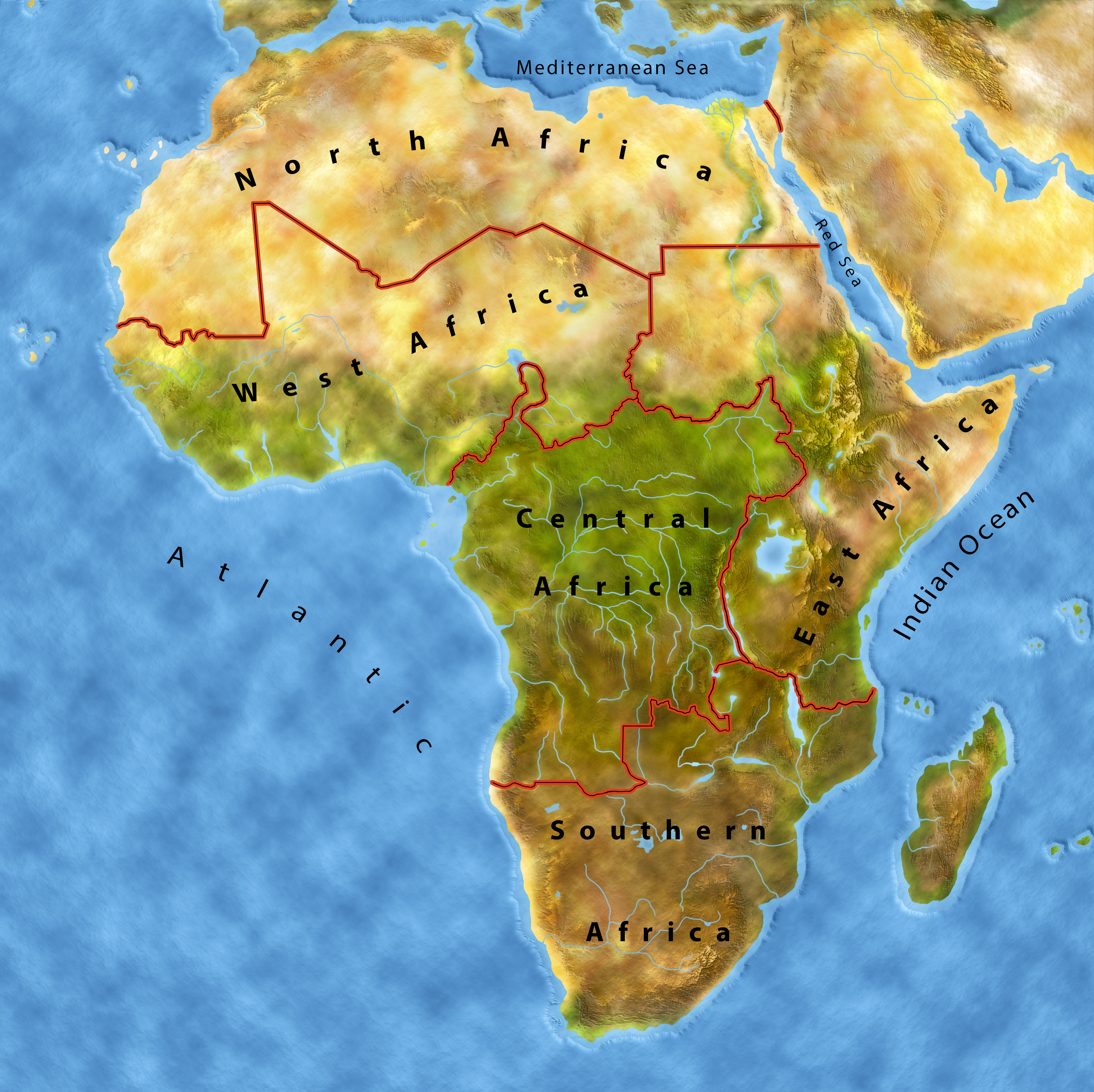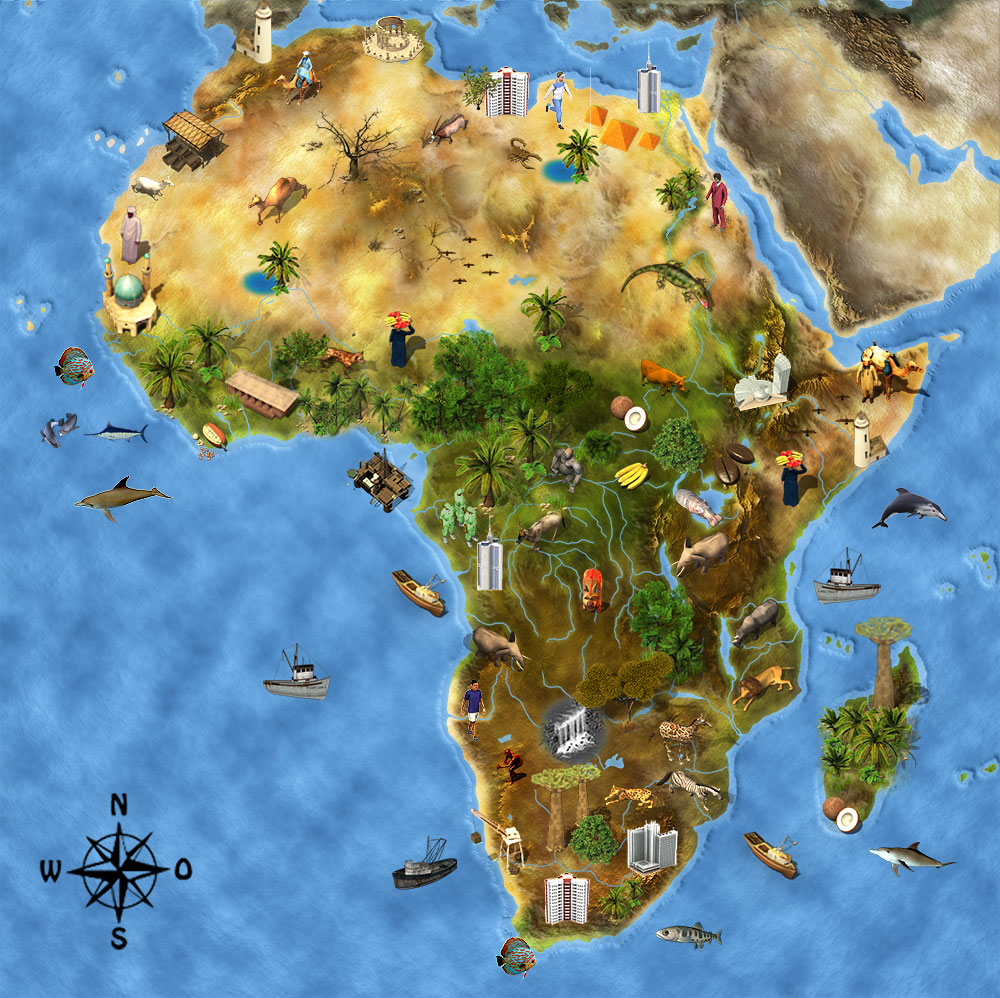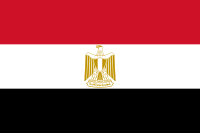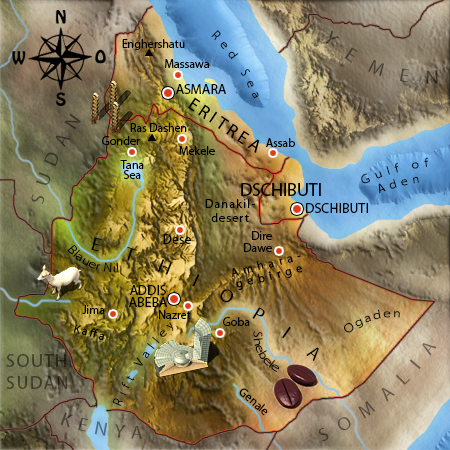Marhaban, welcome to Eritrea, the country in the Horn of Africa!
Eritrea is known for its beautiful towns and its colorful markets. 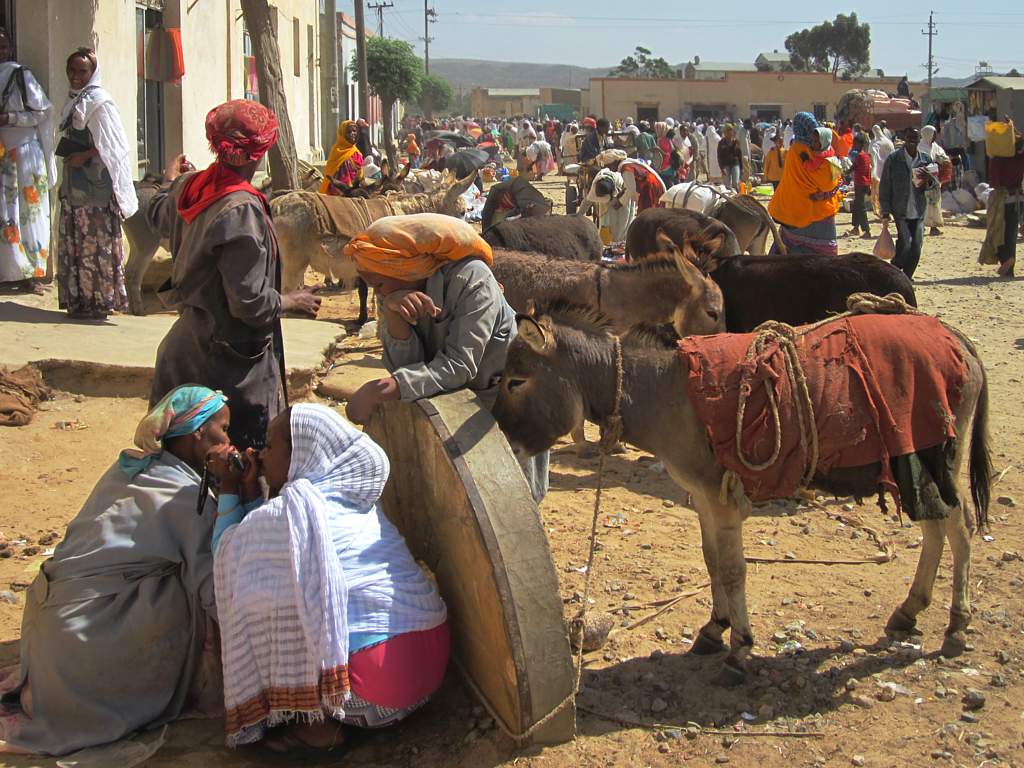
Location
The name Eritrea comes from the Greek language and means Red Sea. The country is named after the Red Sea because it shares its eastern and northern border with the Red Sea. Eritrea is a small country in northeastern Africa. To the northwest lies Sudan, to the southeast Djibouti. Eritrea shares its southern border with Ethiopia.

Landscapes
Eritrea has a 1000-kilometer-long coastal strip on the Red Sea. Behind the coast comes a central highland. The coast is lined with beautiful sand beaches and partly untouched diving spots. The central highland of Eritrea is similar to the highland of Ethiopia. It consists of a green mountainous area with tall mountains and soft hill ranges. The highest point in Eritrea is the over 3 000 m high Mount Soyra. Off the coast of Eritrea lie the Dahlak Islands, which are surrounded by coral reefs. Some of these islands are still untouched. The coastal regions are covered in dry savannas – it is very hot here. A temperate climate is only possible in the highlands
The Most Hostile Desert in the World lies in Eritrea
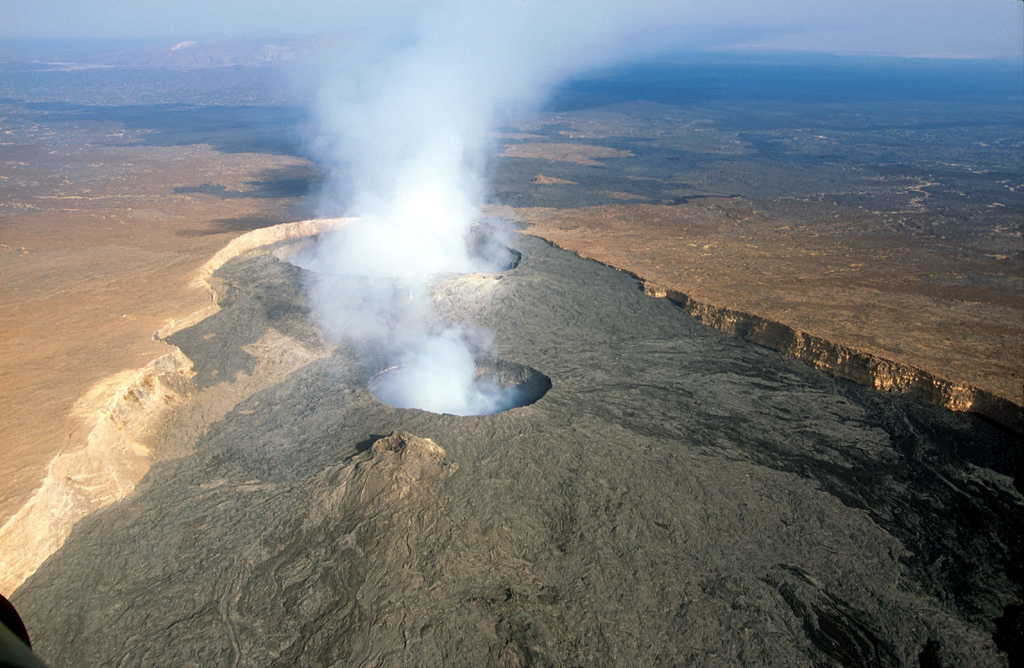 Die Danakil Wüste ist eines der lebensfeindlichsten Gebiete The Danakil Desert is so large that it reaches into the neighboring Ethiopia. Only few have managed to travel across this hostile desert. There are no rivers or wells that could offer drinking water. Only a few salt lakes can be found here; they attract hundreds of flamingos.
Die Danakil Wüste ist eines der lebensfeindlichsten Gebiete The Danakil Desert is so large that it reaches into the neighboring Ethiopia. Only few have managed to travel across this hostile desert. There are no rivers or wells that could offer drinking water. Only a few salt lakes can be found here; they attract hundreds of flamingos.
Asmara – the Capital of Eritreaa
Asmara is located in the center of the country. The capital of Eritrea used to be called “piccolo Roma”. This is because Eritrea was built after Rome’s role model. Government buildings, churches, and houses are like a mixture between Italian towns and a rising metropolis. Asmara is a city with clean and safe streets and well-functioning public transportation.

The most important attractions of the city are the cathedral in the city center and the national museum of Eritrea, which is in an old palace from the Italian colonial era.
The Markets of Asmara
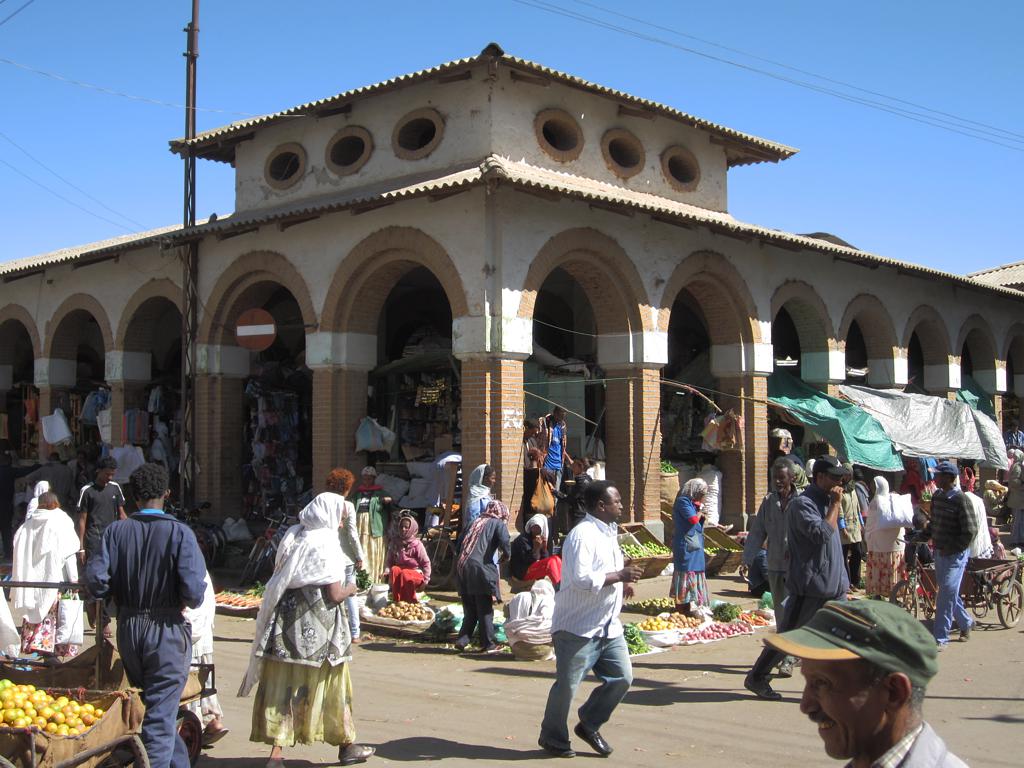 Business on the markets of Asmara is an adventure. Not only vegetable and fish merchants offer their goods here. Artists and craftsmen work on the streets here and you can watch them. The vegetable merchants offer paprika, onions, tomatoes, corn, and cabbage. Exotic fruits, spices, coffee, and honey can be bought here as well, just like all kinds of fish and seafood. The craftsmen and artists offer their goods as if they are in an Arabian bazar. The men sit around in front of their stores and bars and hold their coffee ceremonies.
Business on the markets of Asmara is an adventure. Not only vegetable and fish merchants offer their goods here. Artists and craftsmen work on the streets here and you can watch them. The vegetable merchants offer paprika, onions, tomatoes, corn, and cabbage. Exotic fruits, spices, coffee, and honey can be bought here as well, just like all kinds of fish and seafood. The craftsmen and artists offer their goods as if they are in an Arabian bazar. The men sit around in front of their stores and bars and hold their coffee ceremonies.
Peoples and Language
Eritrea has about 5 million inhabitants and is sparsely populated. Most live in the coastal regions since the Red Sea offers a never-ending supply of food. There are nine groups of Peoples in Eritrea. More than half the population belongs to the Tigrinya. There are many members of the tigre, afar, and other smaller peoples as well.
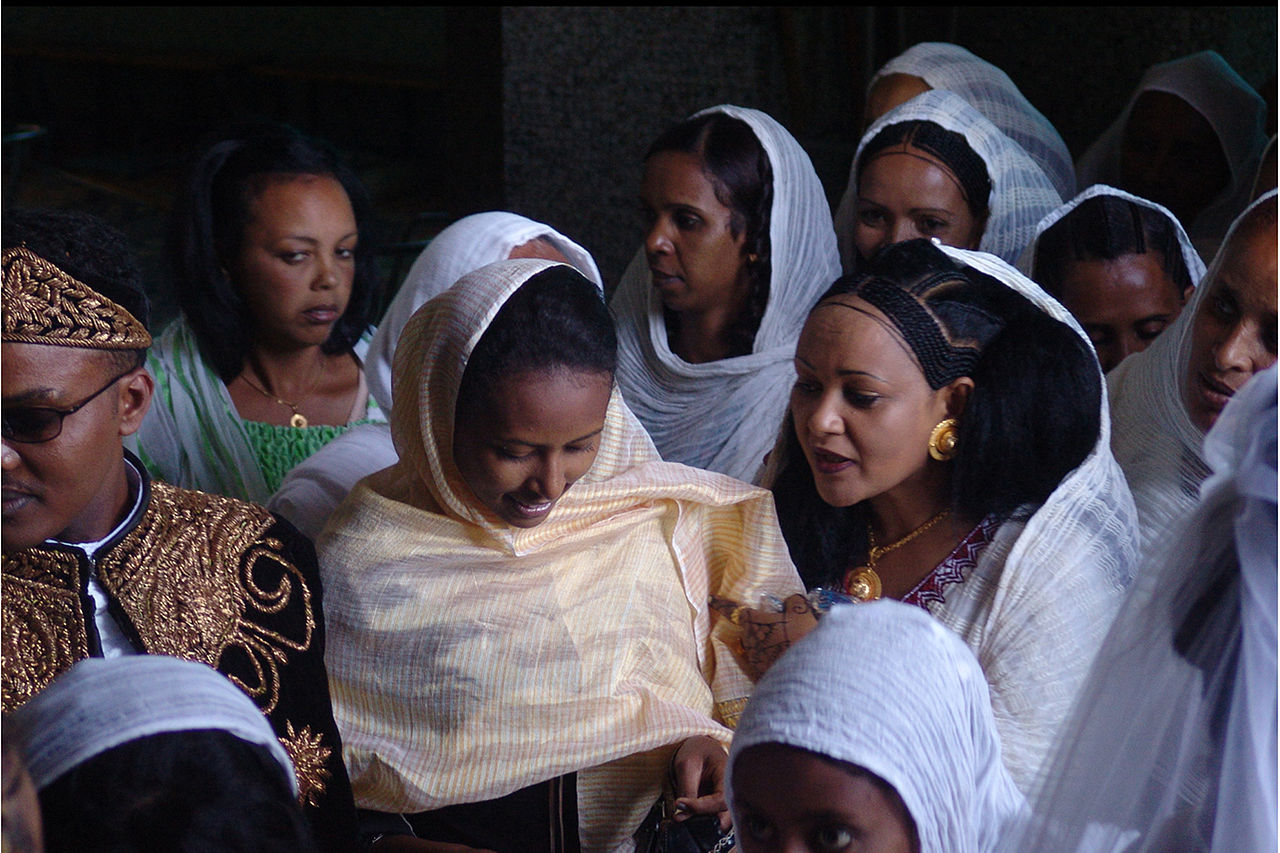
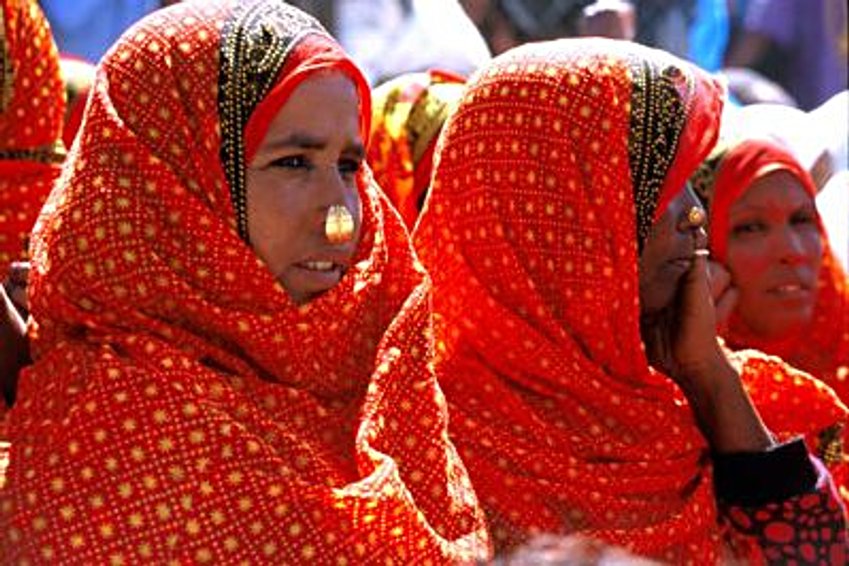
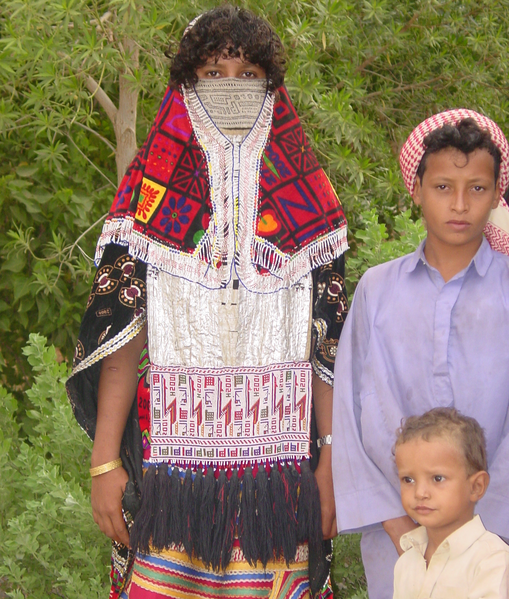
The official languages are English, Tigrinya, and Arabian. Eritreans are tolerant when it comes to religion. Half the population is of Christian belief while the other half believe in Islam. Nevertheless, there are only few conflicts between Christians and Muslims.
Attractions
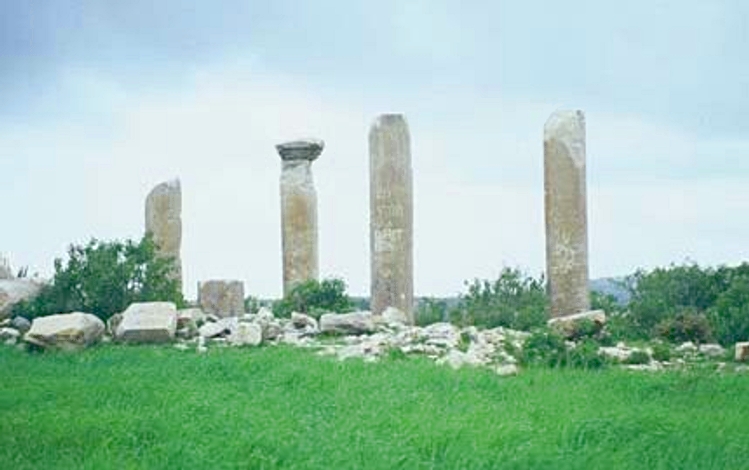 Qohaito in southern Eritrea is definitely worth a visit. The settlement near Adulis already existed during the kingdom of Aksum, which reigned 200 years AD. The inhabitants had mastered a written language and left behind many documents. In Qohaito many prehistoric testimonies, such as steles or old graves of the rulers, can be seen. Nobody knows their names today anymore though.
Qohaito in southern Eritrea is definitely worth a visit. The settlement near Adulis already existed during the kingdom of Aksum, which reigned 200 years AD. The inhabitants had mastered a written language and left behind many documents. In Qohaito many prehistoric testimonies, such as steles or old graves of the rulers, can be seen. Nobody knows their names today anymore though.
Massawa, a City built on Corals
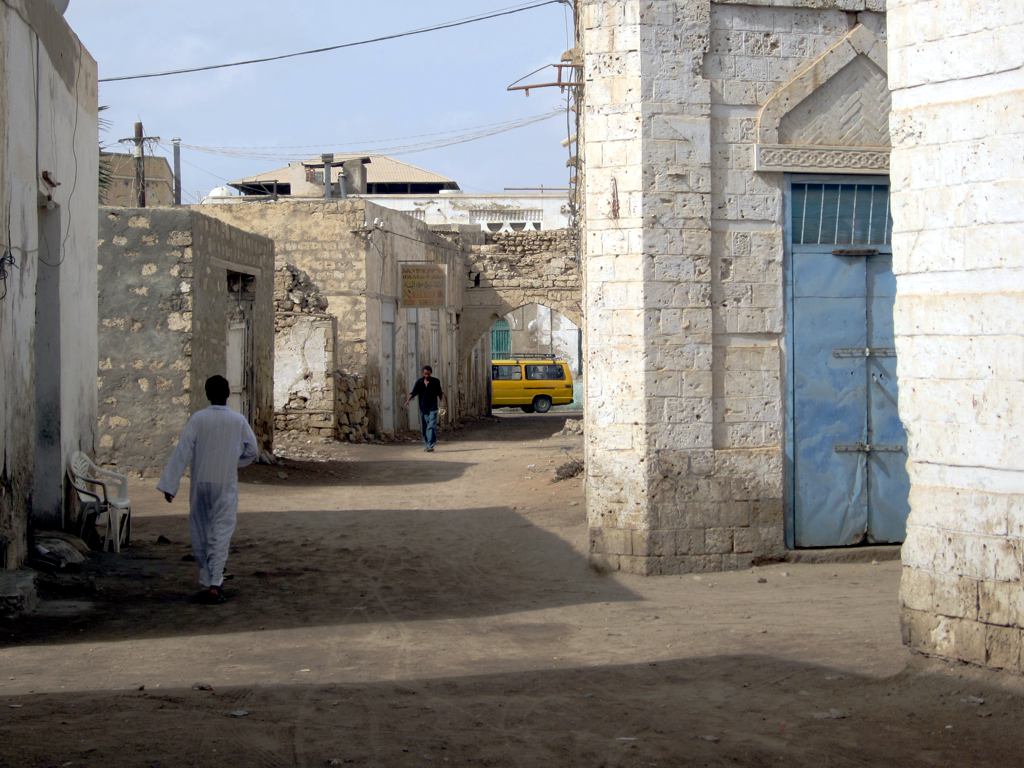 Die The city with a sea port Massawa is known for its magical historic city center. The harbor and the historic city center are on a coral island. The city was built between the 15th and 18th century by Egyptians and Turks. The streets are narrow and confusing. The buildings are painted in a vibrant white.
Die The city with a sea port Massawa is known for its magical historic city center. The harbor and the historic city center are on a coral island. The city was built between the 15th and 18th century by Egyptians and Turks. The streets are narrow and confusing. The buildings are painted in a vibrant white.
Festivities and Celebrations
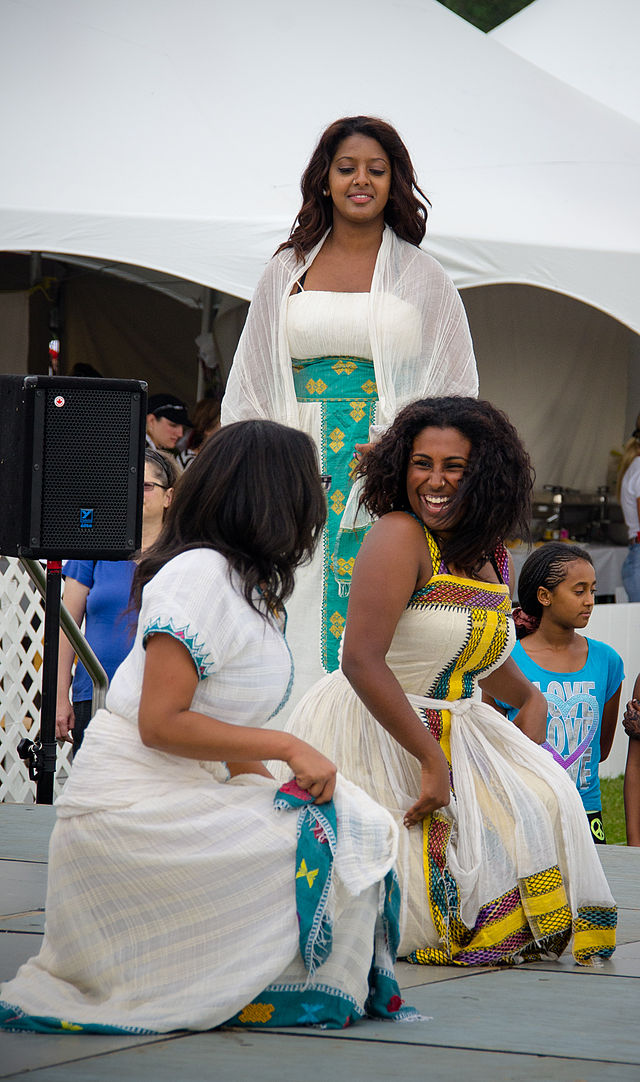 Eritreans like to party and like to do so excessively. They do have strict taboos though when it comes to things like fasting, eating, and festivities. Long fasting times are enforced before large religious holidays. It does not matter whether you are a Christian or a Muslim. On the day itself there is a large feast. Not serving meat on important occasions such as marriages or funerals is greatly looked down upon in Eritrea and nobody does it – even if the families can barely afford meat. More often than not the slaughtering of the animal which is then eaten belongs to the ceremony. After that, music is played and everybody dances. The biggest event of the country is the music festival Expo. It takes place every summer in the capital Asmara. Musicians and dancers from all over the country use this opportunity to perform. On the picture to the left you can see Eritreans performing a traditional dance.
Eritreans like to party and like to do so excessively. They do have strict taboos though when it comes to things like fasting, eating, and festivities. Long fasting times are enforced before large religious holidays. It does not matter whether you are a Christian or a Muslim. On the day itself there is a large feast. Not serving meat on important occasions such as marriages or funerals is greatly looked down upon in Eritrea and nobody does it – even if the families can barely afford meat. More often than not the slaughtering of the animal which is then eaten belongs to the ceremony. After that, music is played and everybody dances. The biggest event of the country is the music festival Expo. It takes place every summer in the capital Asmara. Musicians and dancers from all over the country use this opportunity to perform. On the picture to the left you can see Eritreans performing a traditional dance.
School and Education
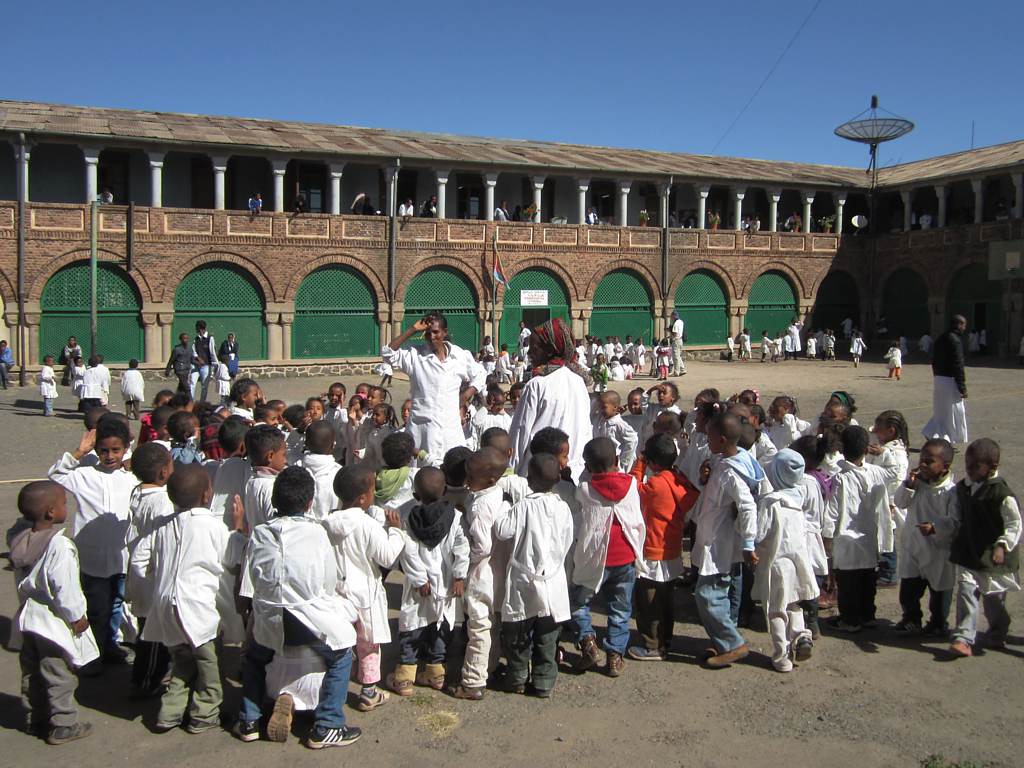 School is mandatory for children aged 7 through 13 in Eritrea. Despite this fact, only two thirds of all children visit an elementary school. Even fewer are able to attend a secondary school. The reason for this, is that many children have to help their families at home. Most work on fields, help with the fishing, or take care of errands in and around the markets. Additionally, many schools are not well-equipped. Most school buildings need to be renovated, the toilets are in a horrible state, and many classrooms are overfilled. There are often 60 students or more in a single class. The official language in the schools is Arabian in the Muslim areas and Tigrinya in the Christian areas. English is a mandatory class from the 3. school year on. Unfortunately, many girls are disadvantaged when it comes to education. Most Eritreans believe, that since the girls are going to get married soon anyway, education would be a waste. This is why a third of all Eritreans are analphabets.
School is mandatory for children aged 7 through 13 in Eritrea. Despite this fact, only two thirds of all children visit an elementary school. Even fewer are able to attend a secondary school. The reason for this, is that many children have to help their families at home. Most work on fields, help with the fishing, or take care of errands in and around the markets. Additionally, many schools are not well-equipped. Most school buildings need to be renovated, the toilets are in a horrible state, and many classrooms are overfilled. There are often 60 students or more in a single class. The official language in the schools is Arabian in the Muslim areas and Tigrinya in the Christian areas. English is a mandatory class from the 3. school year on. Unfortunately, many girls are disadvantaged when it comes to education. Most Eritreans believe, that since the girls are going to get married soon anyway, education would be a waste. This is why a third of all Eritreans are analphabets.
Economy and Natural Resources
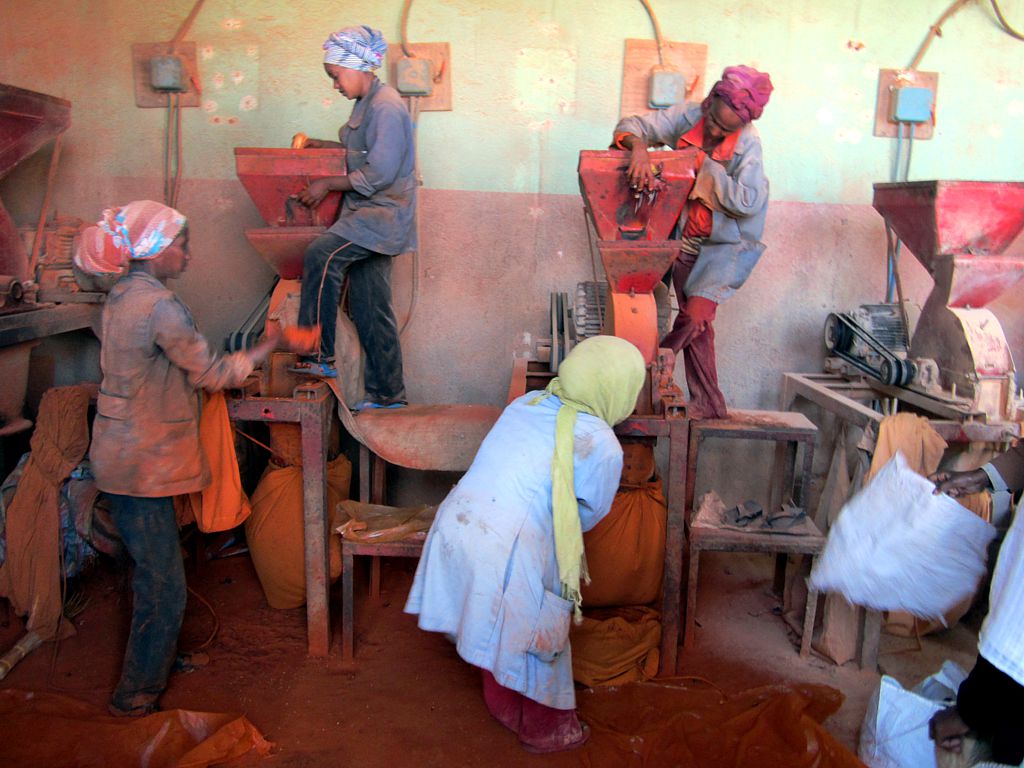 Three quarters of Eritrea’s inhabitants work in agriculture or are fishermen. Grains, cotton, corn, vegetables, and many different types of fruits are the main products that are cultivated. Nevertheless, food still needs to be imported. The many years of war and drought have led to intense famine. On the picture in the upper left you can see an Eritrean while she makes chili pepper, the favorite spice in the country.
Three quarters of Eritrea’s inhabitants work in agriculture or are fishermen. Grains, cotton, corn, vegetables, and many different types of fruits are the main products that are cultivated. Nevertheless, food still needs to be imported. The many years of war and drought have led to intense famine. On the picture in the upper left you can see an Eritrean while she makes chili pepper, the favorite spice in the country.
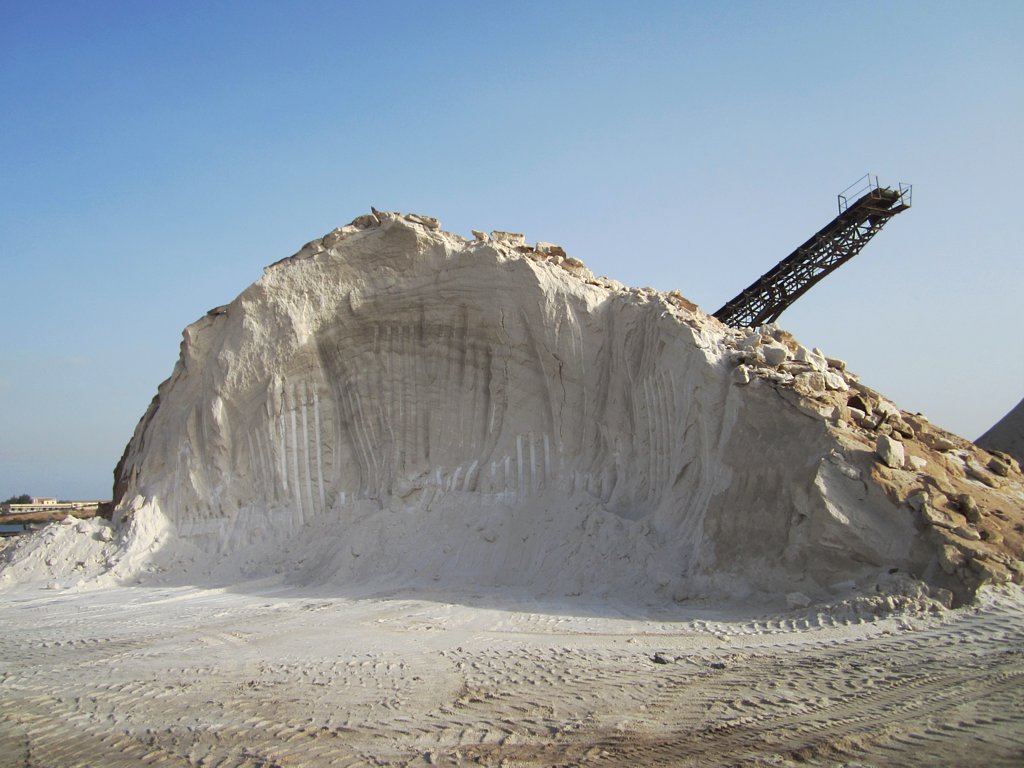 Eritrea has rich reserves in gold, silver, copper, sulfur, nickel, zinc, and iron – these are exported as well. Sea salt is produced near Massawa as well. This is not done with a hoe and a spade like in the early days anymore. Large excavators take care of this now. There are various industries in Eritrea also, such as a cement, a textile, and a food industry. Eritrea is also well-known for its breweries. On average, an Eritrean only earns around 280 US-Dollars a year. Eritrea is one of the poorest countries in Africa because of this.
Eritrea has rich reserves in gold, silver, copper, sulfur, nickel, zinc, and iron – these are exported as well. Sea salt is produced near Massawa as well. This is not done with a hoe and a spade like in the early days anymore. Large excavators take care of this now. There are various industries in Eritrea also, such as a cement, a textile, and a food industry. Eritrea is also well-known for its breweries. On average, an Eritrean only earns around 280 US-Dollars a year. Eritrea is one of the poorest countries in Africa because of this.
Animal Kingdom
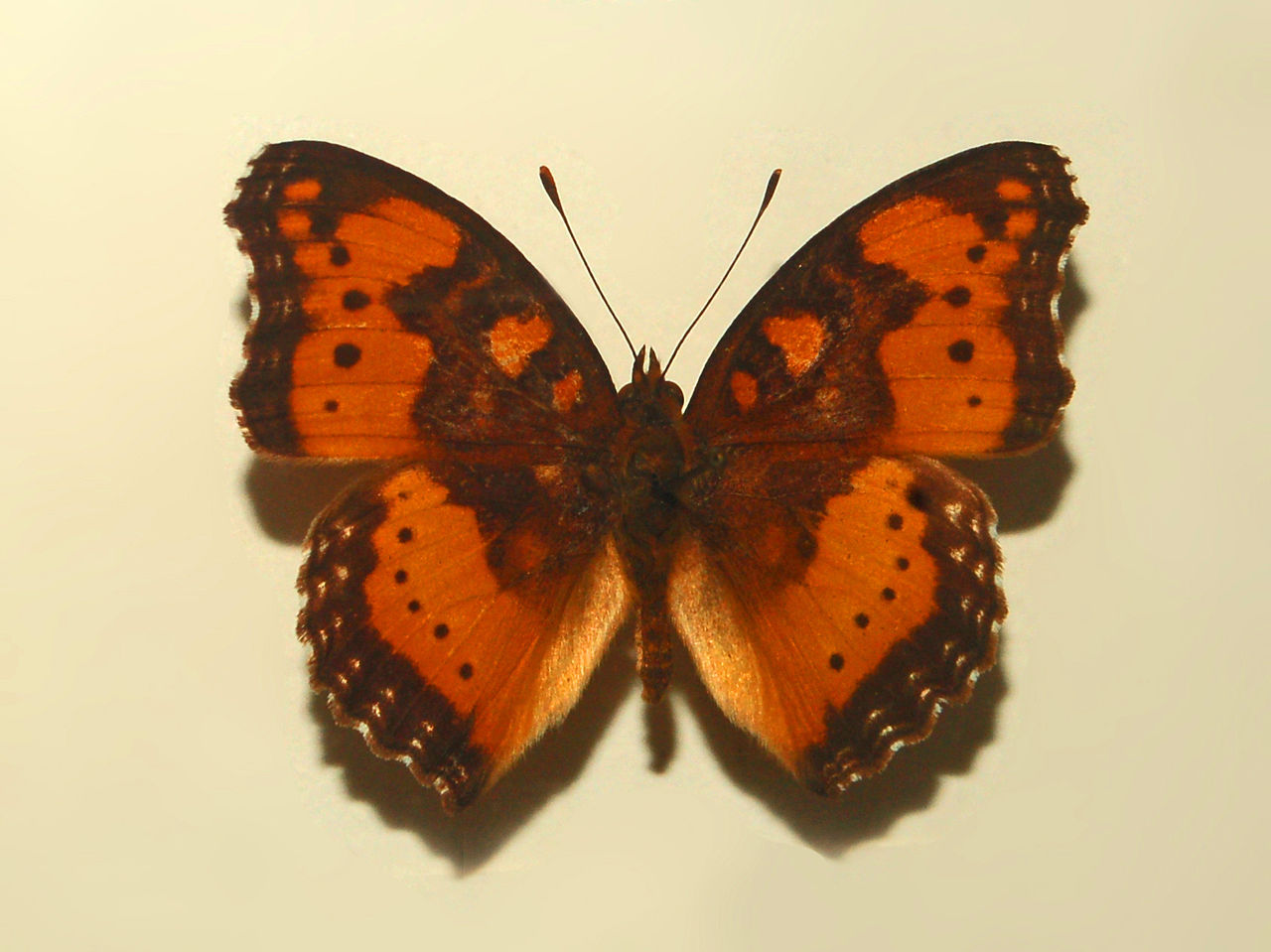
The History of Eritrea
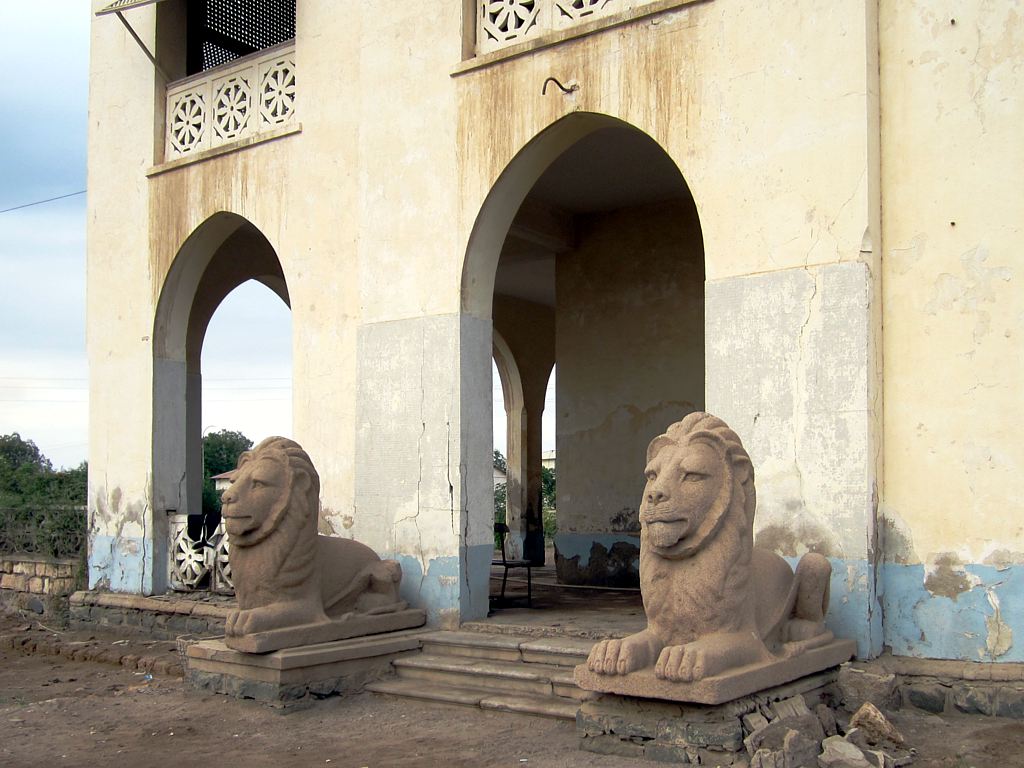 We do not know who the native inhabitants of Eritrea were. We do however, know that the first migrants arrived approximately 400 before Christ from Arabia. They made it to Eritrea on their single-masted sail boats and settled here. The coasts were rich in fish and offered plenty of food. The beautiful landscapes invited many to stay here permanently. Due to the convenient location on the Red Sea, the country became a sought after destination for many powerful rulers. They have founded the Kingdom of Aksum, which was an important trading empire from 100 - 940 AD. On the picture to the left you can see the imperial palace of Massawa.
We do not know who the native inhabitants of Eritrea were. We do however, know that the first migrants arrived approximately 400 before Christ from Arabia. They made it to Eritrea on their single-masted sail boats and settled here. The coasts were rich in fish and offered plenty of food. The beautiful landscapes invited many to stay here permanently. Due to the convenient location on the Red Sea, the country became a sought after destination for many powerful rulers. They have founded the Kingdom of Aksum, which was an important trading empire from 100 - 940 AD. On the picture to the left you can see the imperial palace of Massawa.
Eritrea Today
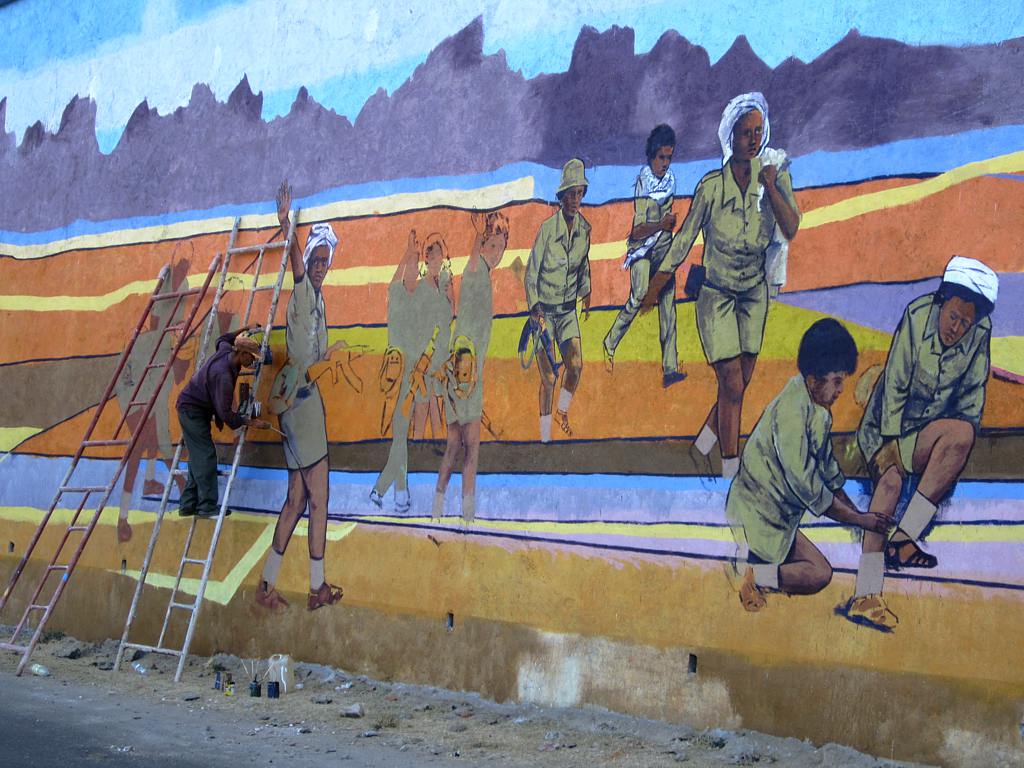
Since 1993 Eritrea is an independent state. In the beginning the country was praised as the best state in Africa with a democratic constitution. Today, Eritrea is governed with an iron fist. The inhabitants cannot take part in political decisions. Human rights are not enforced and there is no free press either. The population is poor, there are not enough schools or possibilities to obtain an education. The general mood in the country is bad. Many wish for the current government to be abolished. This is why young Eritreans leave the country. An Eritrean artist tried to capture the mood of the population in a mural which you can see on the picture to the left. The war is still alive in the memories of the inhabitants but they want to look ahead and build a life for themselves.


